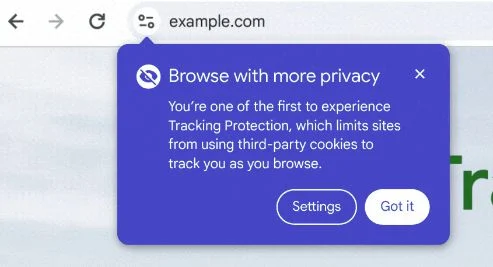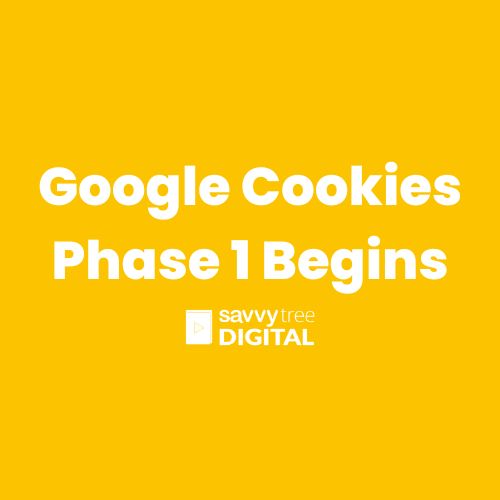Google Cookies: Phase 1 Begins – A Farewell to Third-Party Tracking?
The digital landscape is bracing for a seismic shift, and at the heart of it lies the humble cookie. No, not the delicious kind you dunk in milk, but the data-laden morsels websites leave behind in your browser, tracking your online activity. For years, these third-party cookies have been the backbone of targeted advertising and website analytics, but their days are numbered. Google, the web’s gatekeeper, has finally begun Phase 1 of its plan to phase out third-party cookies altogether.
A Crumbling Empire: Why Cookies are Crumbling
Privacy concerns have long dogged third-party cookies. The ability to invisibly track users across the web, building detailed profiles for targeted advertising, has raised the specter of a dystopian surveillance state. Regulators have tightened the screws, and public sentiment has swung towards greater online privacy. Google, facing mounting pressure and potential antitrust action, has taken the lead in charting a new course.

Enter the Privacy Sandbox: A New Era for Online Tracking
Google’s answer to the cookie conundrum is the Privacy Sandbox, a suite of alternative technologies designed to enable targeted advertising and website analytics without compromising user privacy. These new tools, still under development, rely on on-device processing and aggregated data, keeping individual user information under lock and key.
Phase 1: A Limited Rollout
For now, the cookiepocalypse is a slow burn. Phase 1, launched in January 2024, affects only 1% of Chrome users globally. This select group will experience a gradual reduction in the functionality of third-party cookies, giving developers and website owners a chance to test and adapt their systems to the Privacy Sandbox alternatives.
The Road Ahead: What Does This Mean for You?
The cookie phaseout won’t happen overnight. Google expects to fully disable third-party cookies for all Chrome users by late 2024, but the timeline could shift depending on regulatory hurdles and industry feedback. For web users, the change will likely be invisible, though some targeted advertising may become less precise. For website owners and online businesses, however, the future is less clear. Adapting to the Privacy Sandbox will require technical adjustments and potentially new revenue models.
A Brave New Web: Embracing a More Private Future
The end of third-party cookies is a pivotal moment for the web. While some worry about the impact on businesses and the effectiveness of online advertising, others see it as an opportunity to create a more privacy-centric internet. The Privacy Sandbox, though still in its nascent stages, holds the potential to usher in a new era of online tracking that respects user privacy while still allowing websites and businesses to thrive.
Whether you’re a casual web surfer or a digital marketing executive, it’s time to start paying attention to the cookie crumble. The future of online tracking is being baked, and Google is holding the spatula. So, grab a virtual napkin and keep your eyes peeled, because the web you know is about to undergo a delicious transformation.

